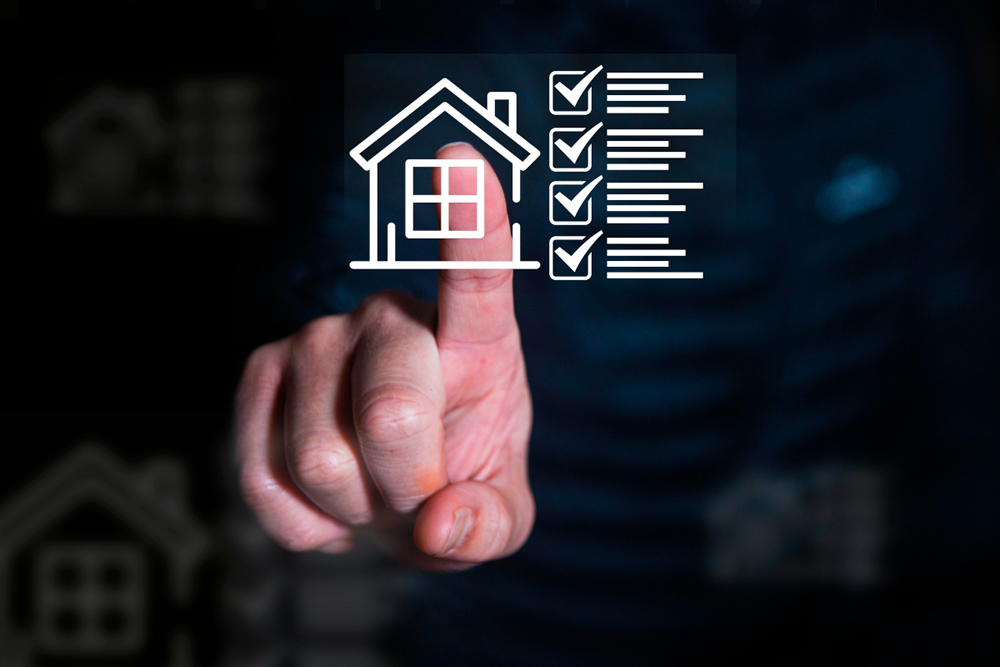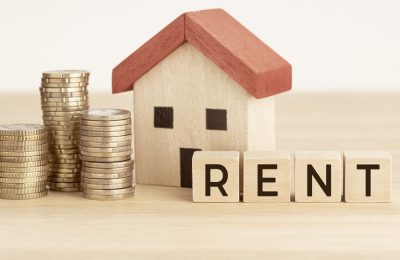When you’re purchasing a property for your own use, you naturally focus on the location, aesthetics and its emotional appeal. For landlords, however, these factors are secondary to the more critical question: will this asset generate sustainable returns? Standard home buyer due diligence isn’t enough for investors, and if you’re buying a property without the right data, you could be accepting unknown liabilities that will erode your profits.
Financial and market data
The starting point for any rental business is an accurate assessment of what your property will make you each month – and what it will cost you. Many novice landlords make a critical error in only focusing on gross yield, which may be a more attractive figure on paper, but it only tells part of the story. Your net yield, which accounts for your operational costs, is a more realistic number that every investor should take note of.
Your operational costs might vary from letting agent fees and landlord registration costs to ongoing routine maintenance and repairs, buildings insurance and certificates such as Gas Safety, EPC ratings to PAT testing. These expenses can easily consume as much as 20-30% of your rental income, which dramatically impacts your actual returns. So, before any purchase, take a realistic look at the cost data.
Just as important is to take a look at the market demand and historic data for the area you want to buy in. Local rental rates are a good place to start, but you also need to assess the tenant demand for the property type and if void periods are a risk. An area popular with students, for example, might have regular void periods over the summer, whereas a three-bed family home in a commuter-friendly area might prove to be a steadier source of income, but be subject to longer void periods when these tenants move.
Structural data
Scotland’s mandatory Home Report provides landlords with valuable baseline data about the physical condition of the property, yet many investors don’t properly analyse what this documentation reveals.
The surveyor’s condition ratings – ranging from Category 1 (no immediate action required) through to Category 3 (urgent repairs needed) – should be scrutinised carefully. Any Category 2 or 3 ratings demand further investigation before you purchase. Physical condition data also enables landlords to establish a lifecycle replacement fund. Every building component has a predictable lifespan, so setting aside reserves for the eventual replacement of boilers, kitchen units, bathroom suites, and flooring is an important consideration to prevent future financial strain.
For landlords planning any renovation or reconfiguration of the layout, commissioning a measured building survey could be a valuable first step. As property surveyors Sova Surveys point out, this type of survey “is tailored to individual client requirements and specifications [and] is particularly valuable for proposed major works or redevelopment.”
Whether adding an en-suite bathroom, relocating a kitchen or taking down a non-load bearing wall, access to accurate existing floor plans are essential. Having an understanding of a building’s elevations, the position and dimensions of structural features, and architectural elements will ensure all aspects are considered before progressing any proposed change.
Legal and compliance data
Scottish landlords operate within one of the UK’s most regulated rental sectors, and compliance begins before your first tenant arrives. Statutory safety certification is non-negotiable, and the following elements need to be compliant.
Gas and electric
Every rental property needs to have a valid Gas Safety Certificate, issued annually by a Gas Safe registered engineer, which covers all gas appliances and flues. Likewise, electrical safety compliance requires an up-to-date Electrical Installation Condition Report, that’s valid for up to five years, confirming the fixed electrical installation is safe.
Fire safety
Scottish regulations are particularly stringent here. Rental properties are required to have hardwired, interlinked smoke alarms in living rooms and connecting spaces, plus heat alarms in the kitchen. Carbon monoxide detectors are also essential in rooms with fixed combustion appliances.
Risk of legionella
Landlords are obligated to conduct a Legionella risk assessment to identify and manage any water system risks—this is especially relevant in properties with complex plumbing, storage tanks, or infrequently used outlets.
Houses of multiple occupation (HMO)
If you’re planning on creating an HMO—generally encompassing housing for three or more unrelated tenants who share the facilities—you’ll need a separate HMO licence with the associated property standards inspections. Not all properties are suitable for such occupancy due to space, layout, or planning restrictions, so make sure you verify this at the pre-purchase stage if this is your intended letting model.
Energy performance certificate (EPC)
An EPC will rate the energy efficiency of the property, but more importantly, the running costs for tenants. While current regulations allow landlords to rent their property with any EPC rating, the general trajectory towards net-zero targets suggests tightening standards ahead to C. Properties with poor EPC ratings might require bigger investment in insulation, heating systems, or glazing to meet future minimum standards, so the current rating is a critical factor in long-term viability assessment.
A successful buy-to-let investment should always be based on data-driven due diligence. Systematically gathering and analysing the financial, physical, and legal data before you purchase, landlords transform property selection from speculation into calculated investment. The modest time and cost invested in comprehensive pre-acquisition research can help prevent expensive surprises and establish the foundation for compliant, profitable property management.










